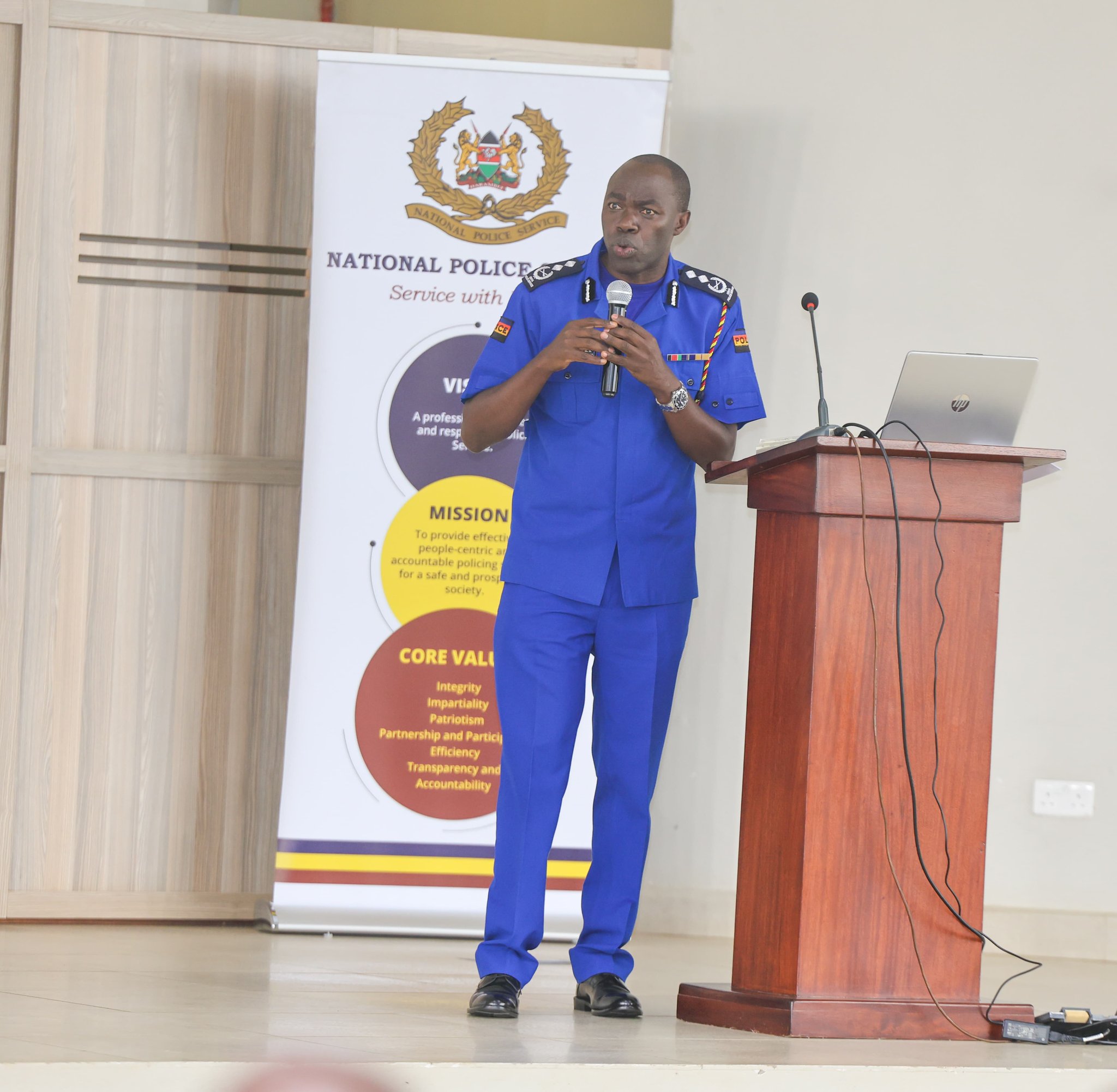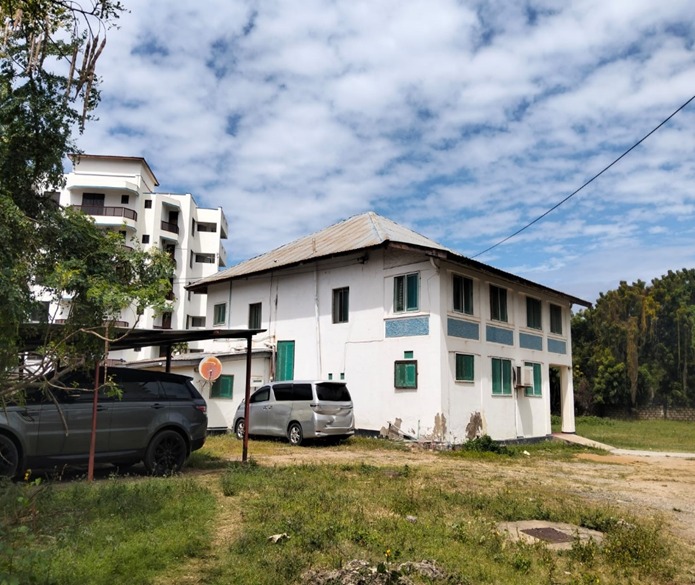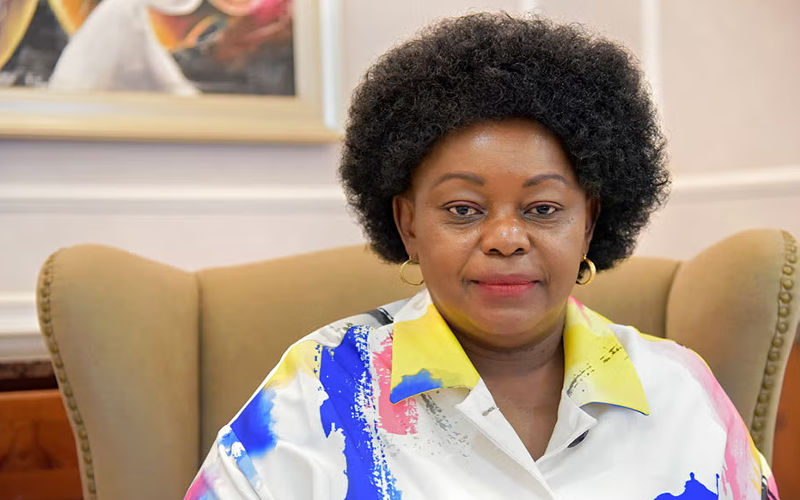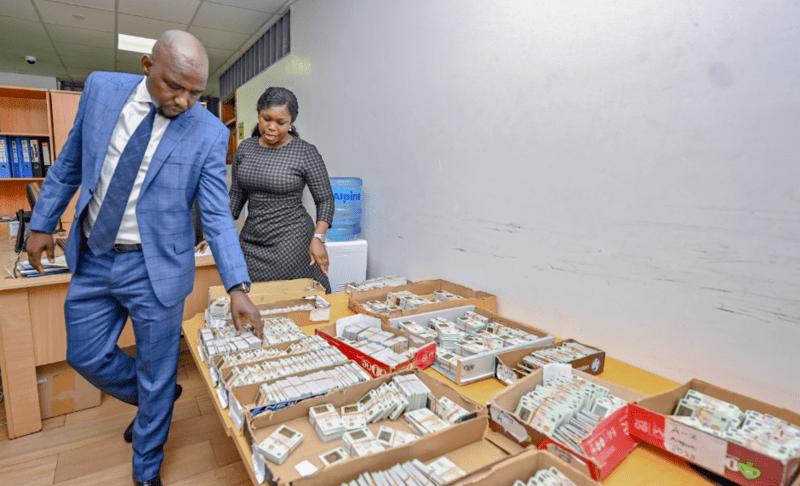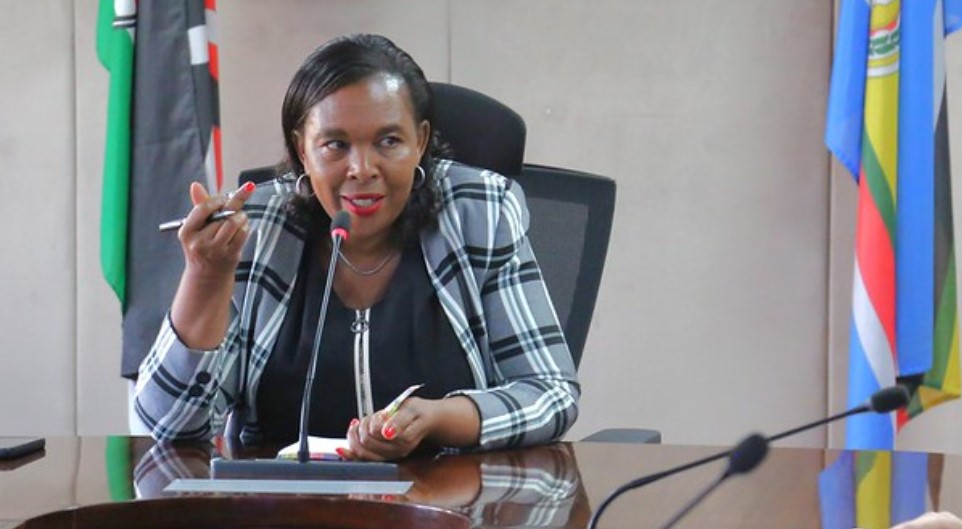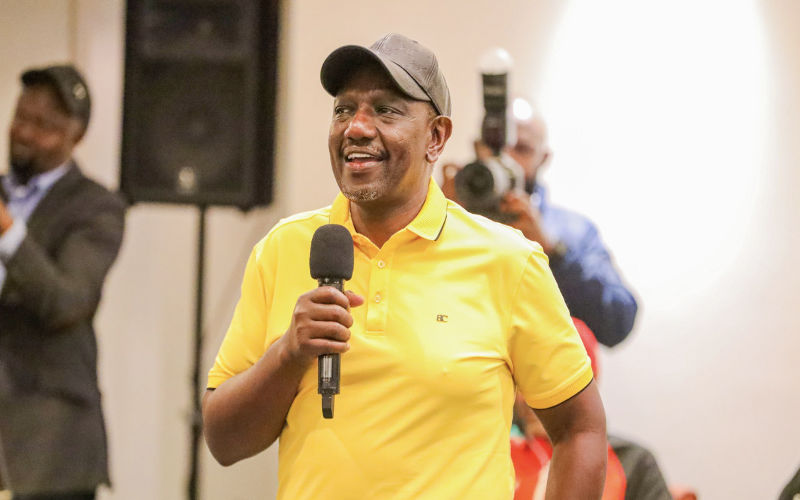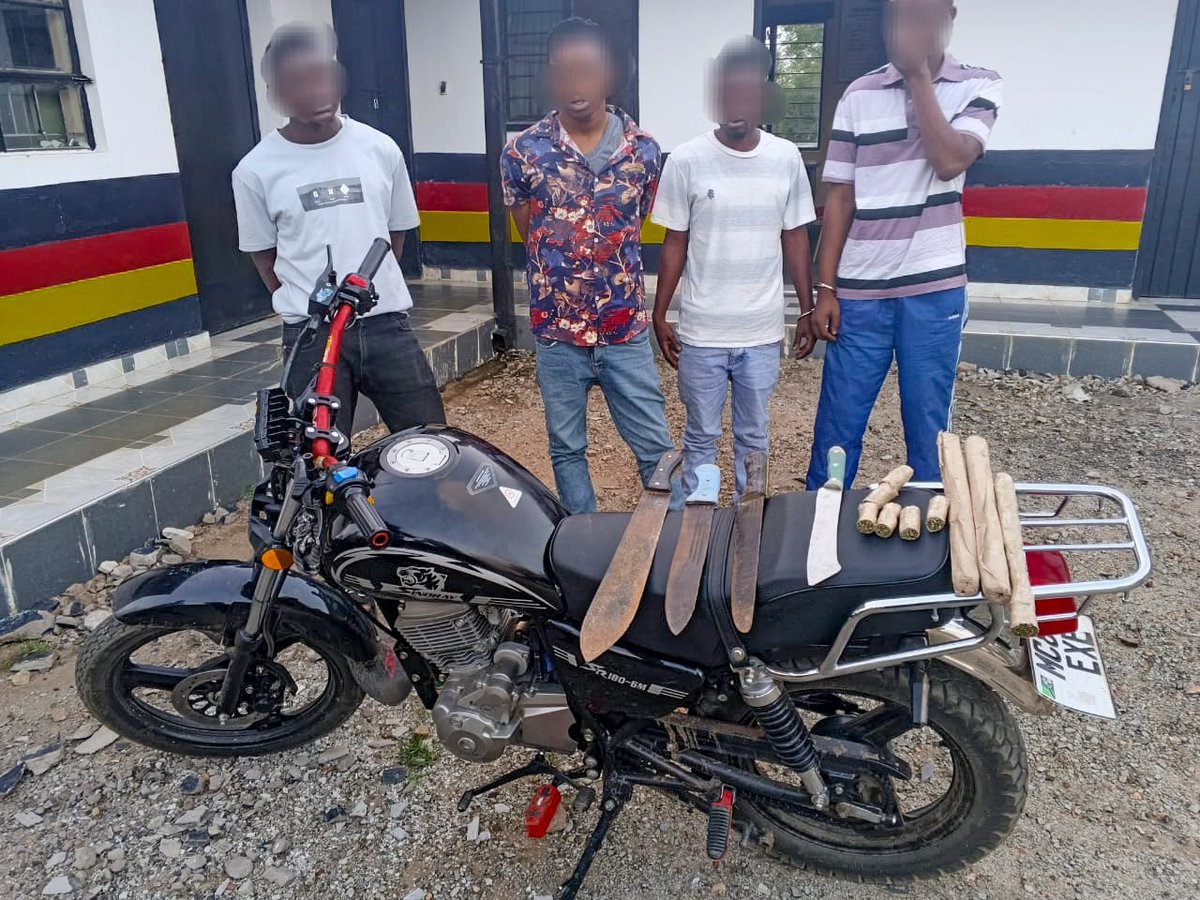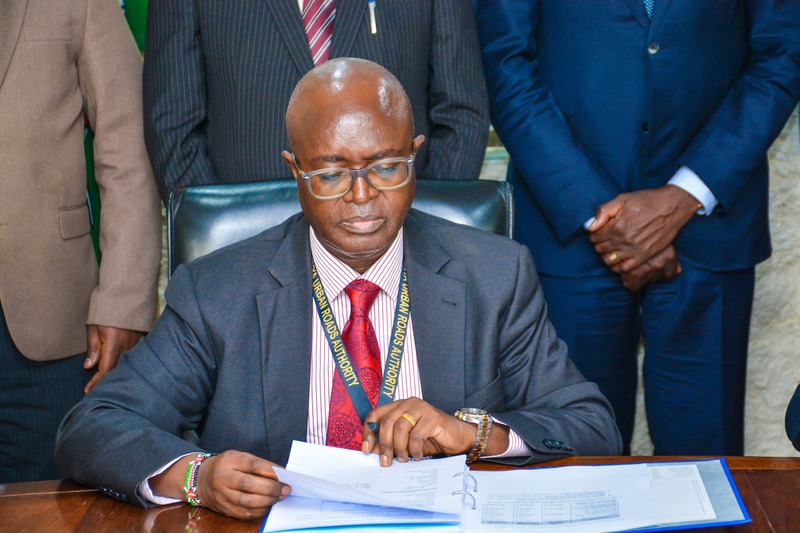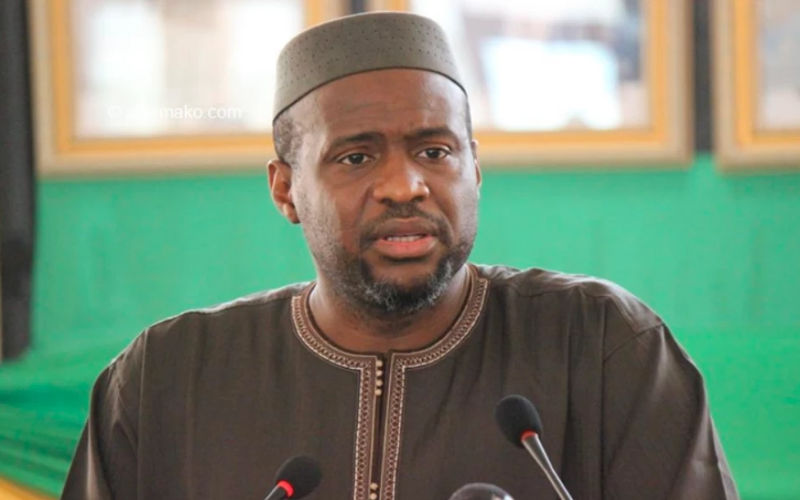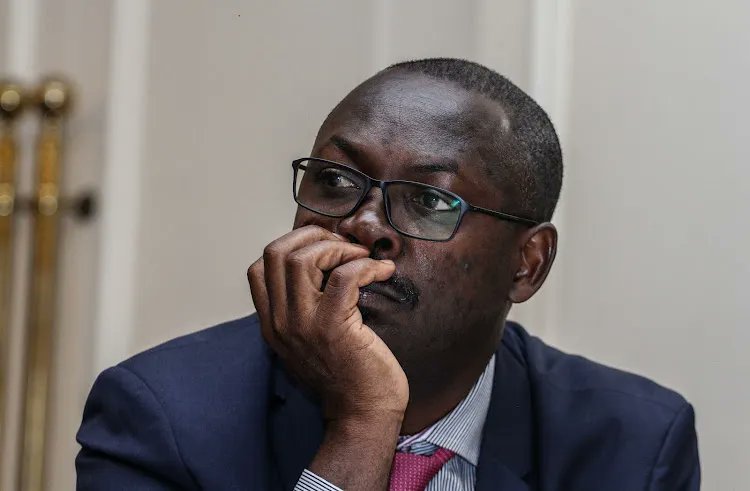"Cracked earth, broken dreams": Life on the frontline of Northern Kenya’s climate crisis

In January 2022, a deadly clash over pasture and water erupted between Wario’s community and the Degodia from Wajir County. Eleven people died, including five of Wario’s own family members.
In the arid expanse of Northern Kenya, the persistent whisper of wind across cracked earth has become a haunting reminder of what once was.
The people of Marsabit County, once sustained by predictable seasons and flourishing herds, now live in a harsh and shifting climate reality.
More To Read
- Extreme weather affects mental health: what vulnerable women in Kenya told us
- Kenya launches Africa’s first REDD+ registry in landmark UK partnership to boost climate action
- New study warns the world is running out of time to avoid the worst impacts of climate change
- State launches direct relief for drought-stricken families amid food scarcity
- "Existential threat": Ruto calls for joint global action on climate change
- Over 600 air monitors deployed as Africa’s pollution fight gains ground
For pastoralist families like those in Horonder and Badan Rero, drought is no longer a seasonal inconvenience—it's a full-blown crisis threatening their homes, health, and futures.
In Horonder, a remote village in Marsabit, the absence of rain has turned daily survival into an exhausting struggle.
Wato Elema, a mother of two, remembers the days she would travel 25 kilometres with camels and donkeys to fetch water from Bubisa.
“We travelled overnight to get water,” she recalls. “Now the drought has killed many of our animals. The few that survived are too weak to make the journey.”
Wato’s daughters, Talaso and Sabdio Shamo, now watch her fill yellow jerricans at a new water point just a few meters from their home.
The station, established by the Pastoralist Community Initiative Development Agency (PACIDA) with support from CARITAS Austria, has provided temporary relief by bringing water closer to the community.
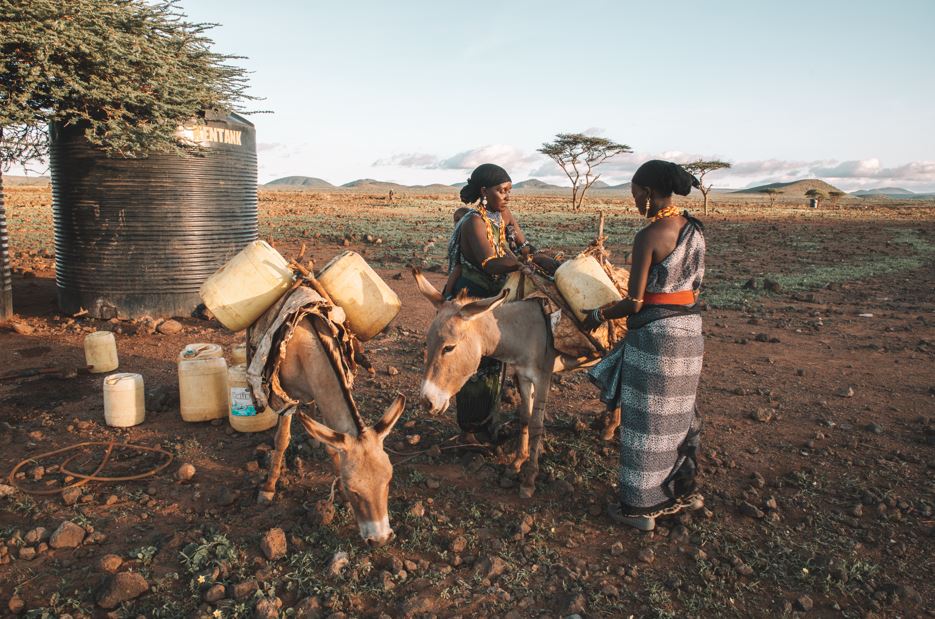 Wato Elema and Chuluke Jirmo are seen fetching water and placing it on their donkeys in Marasabit County. (Photo: Mutunga Al-Amin)
Wato Elema and Chuluke Jirmo are seen fetching water and placing it on their donkeys in Marasabit County. (Photo: Mutunga Al-Amin)
"This has saved us mothers from walking long distances and leaving our children behind," Wato says. “But what we truly need is a permanent solution—a borehole, something we can rely on all year.”
“Not having water is a huge challenge. Imagine giving birth without any water, or children coming home from school to find there's none to drink.”
Horonder’s struggle is echoed across the county. In Badan Rero, over 300 kilometres away, 56-year-old Wario Godana sits under a fading acacia tree, staring at the horizon that once held promise. Between 2020 and 2022, he watched helplessly as five consecutive rain seasons failed, and the land dried up.
“When I was younger, we didn’t know about climate change,” he says. “Now it has taken everything—our livestock, our livelihoods, even the lives of our loved ones.”
In just two years, Wario lost more than 200 cattle. In a desperate attempt to save his herd, he travelled with his family across Isiolo, Mandera, Samburu, and even into Ethiopia in search of pasture. But the journey yielded heartbreak. More than 190 additional animals died along the way.
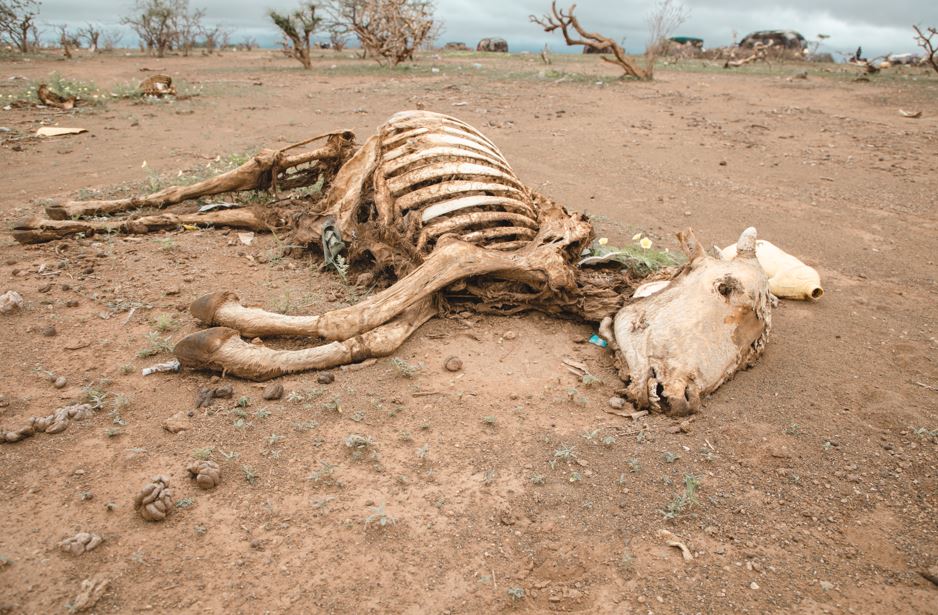 A livestock carcass is seen in the drought-hit Northern region of Kenya. (Photo: Mutunga Al-Amin)
A livestock carcass is seen in the drought-hit Northern region of Kenya. (Photo: Mutunga Al-Amin)
“We became climate refugees,” he says. “What was left of our livestock were just skeletons. My children suffered from hunger. There was no milk, no food, and no clean water.”
The displacement introduced new dangers. As families moved to temporary grazing camps, they faced tensions with host communities.
In January 2022, a deadly clash over pasture and water erupted between Wario’s community and the Degodia from Wajir County.
Eleven people died, including five of Wario’s own family members.
“It wasn’t just about water,” he says. “It was about survival. The drought turned us against each other.”
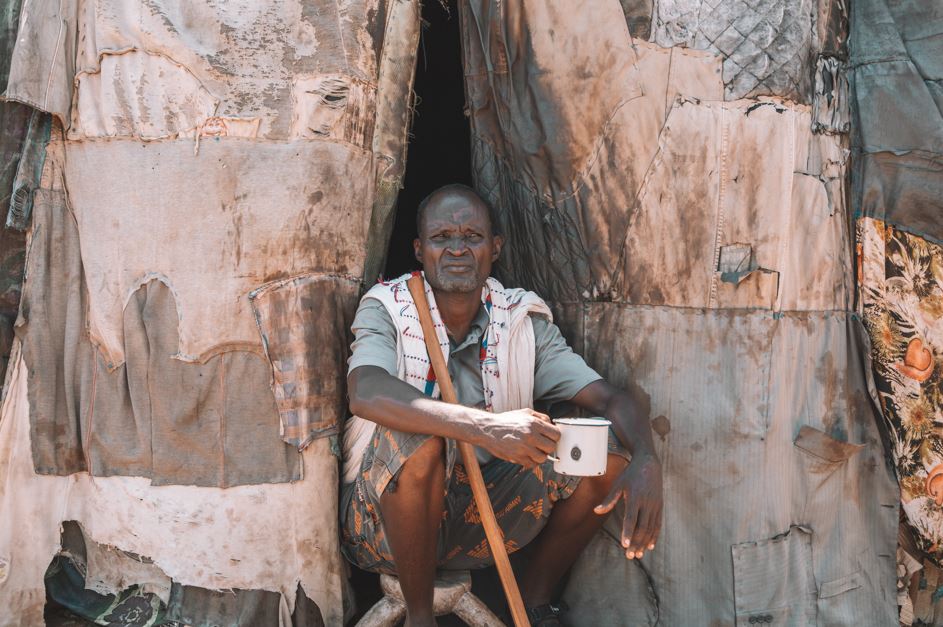 Guyo Gonjoba Godana, a pastoralist from El-Boru Magadho, sits outside his shelter. (Photo: Mutunga Al-Amin)
Guyo Gonjoba Godana, a pastoralist from El-Boru Magadho, sits outside his shelter. (Photo: Mutunga Al-Amin)
The effects of climate change rippled through every aspect of life. Wario’s children, like many others in the region, dropped out of school.
Badan Rero Primary School saw its enrollment drop from 225 to just 119 students as families moved or roads were cut off during the rains of April this year.
“Our school was closed for three weeks because teachers couldn’t access the area,” said Mohammed Bonaya, the acting headteacher.
“Children missed valuable lessons, and the syllabus fell behind. Some may never catch up.”
Assistant County Commissioner Kevin Ben Okoth pointed to the water crisis as a major cause of absenteeism, particularly for girls.
“Many girls leave school early to help fetch water and firewood, walking several kilometres each day. They can't concentrate in class. It affects their education and their future,” he said.
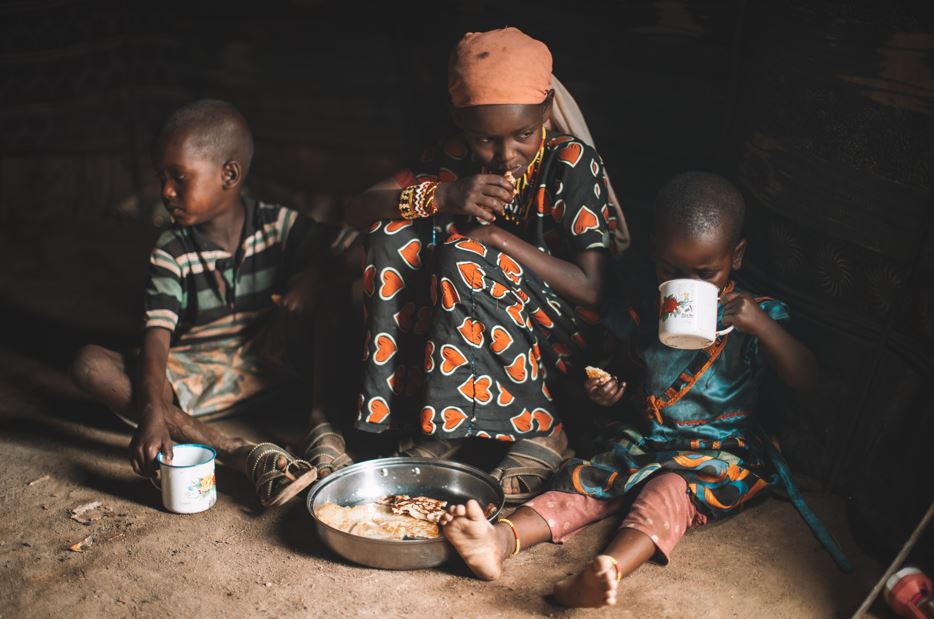 Kame Godana Abudo and her children having a meal in the drought-hit Marsabit County. (Photo: Mutunga Al-Amin)
Kame Godana Abudo and her children having a meal in the drought-hit Marsabit County. (Photo: Mutunga Al-Amin)
The crisis also exposed communities to health risks. Wario’s wife and four children contracted severe malaria during their stay near the Samburu-Isiolo border.
With no medical facility nearby, Wario walked five hours to the nearest town, then boarded a bus to Isiolo Referral Hospital—a journey of desperation.
Faced with the growing impact of climate change, the Marsabit County Government is urging residents to consider alternative livelihoods.
Governor Mohamud Ali has called on pastoralists to explore small-scale trade, beekeeping, poultry farming, and the harvesting of gum arabic and resin.
“The drought has wiped out over 80 per cent of livestock in some areas,” said Governor Ali. “We can no longer rely solely on pastoralism. Diversifying our livelihoods is now a matter of survival.”
To support this shift, the county has introduced training programmes and adopted new climate adaptation policies. Janet Ahadho, director of the Environment and Climate Change Department, confirmed the county is prioritising gender mainstreaming in its response.
“We have customised local climate policies to ensure women, youth, and persons with disabilities are included in resilience-building efforts,” she said.
Still, for residents like Wato and Wario, change feels far away. While grateful for the help they have received, they remain hopeful for long-term solutions—boreholes, healthcare, education, and stable income sources.
“All we can do is pray,” says Wato quietly. “Pray that the rains return. Pray that our children don’t suffer like we did. And pray that someone, somewhere, hears our cry.”
Top Stories Today
